Figures from Flat Earth to Quasar
Columbus Musuem of Art, Columbus, OhioJune 14 – September 29, 2019
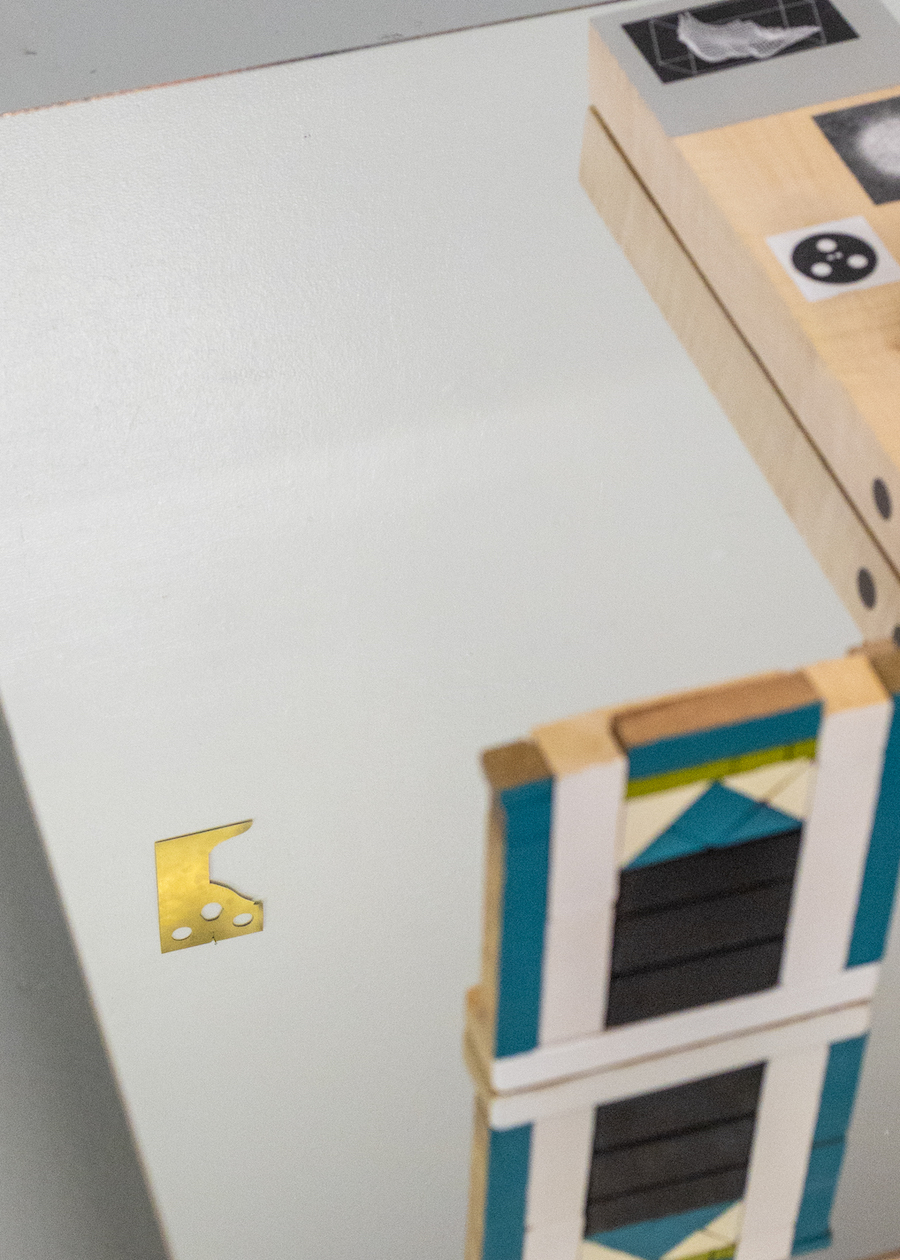
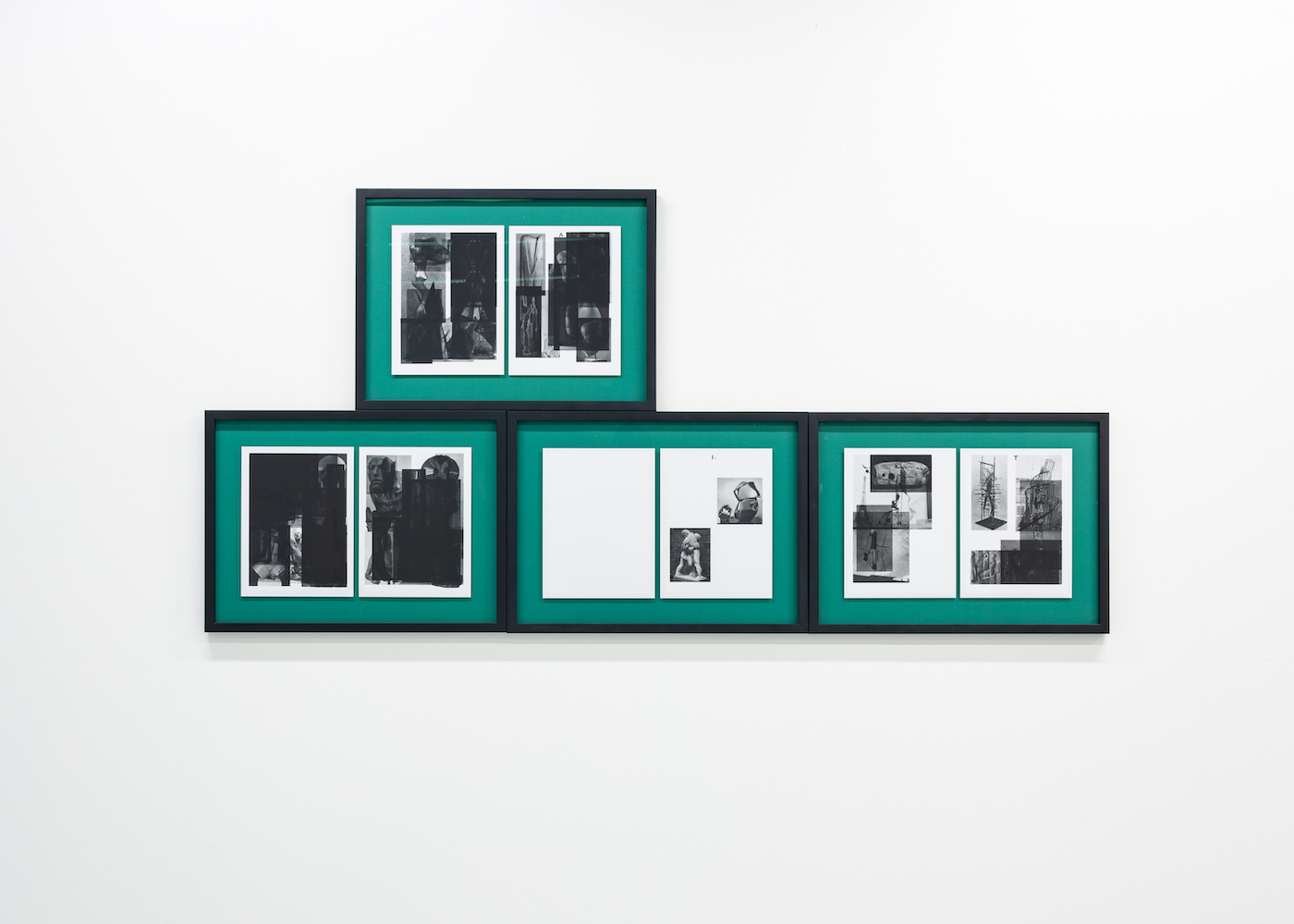



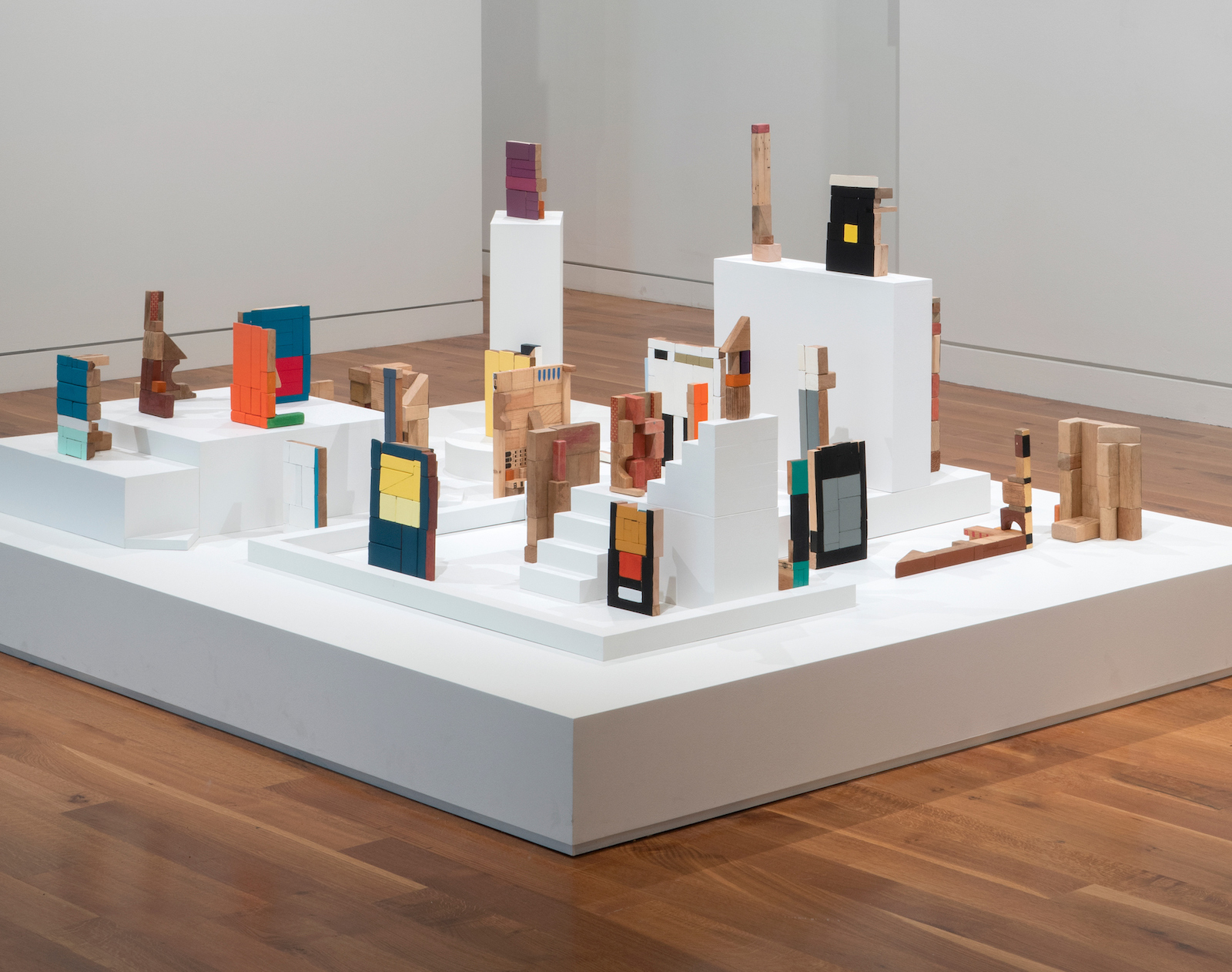











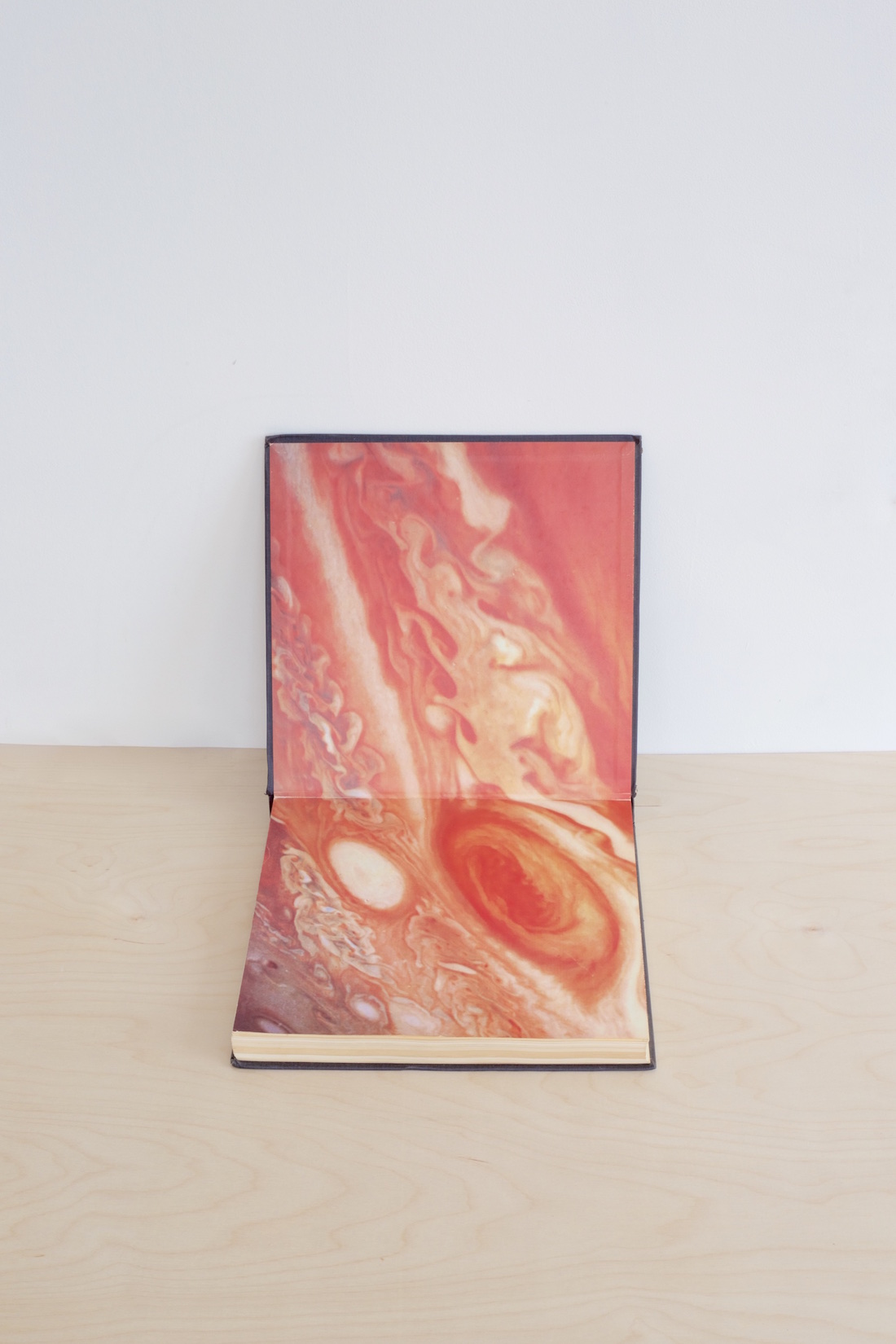

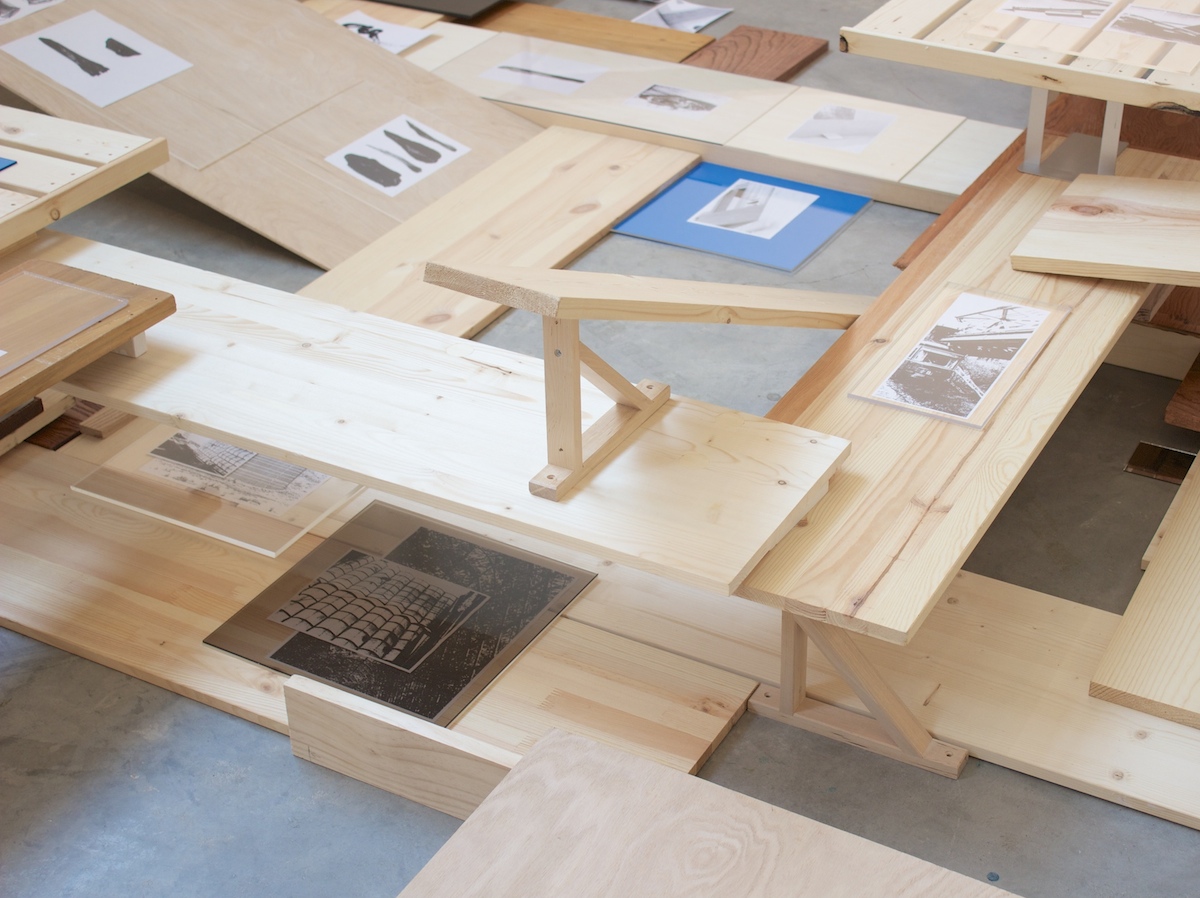



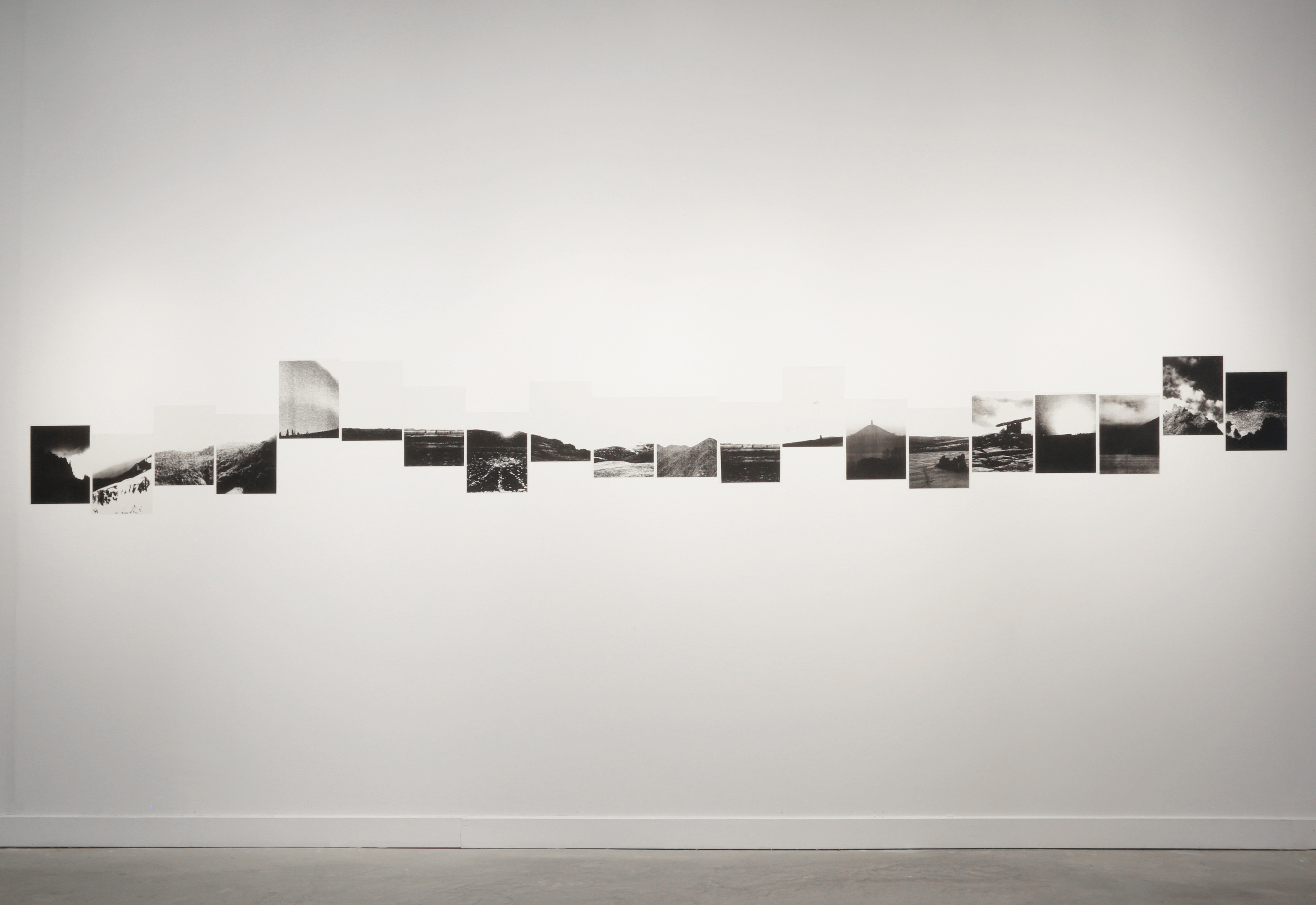





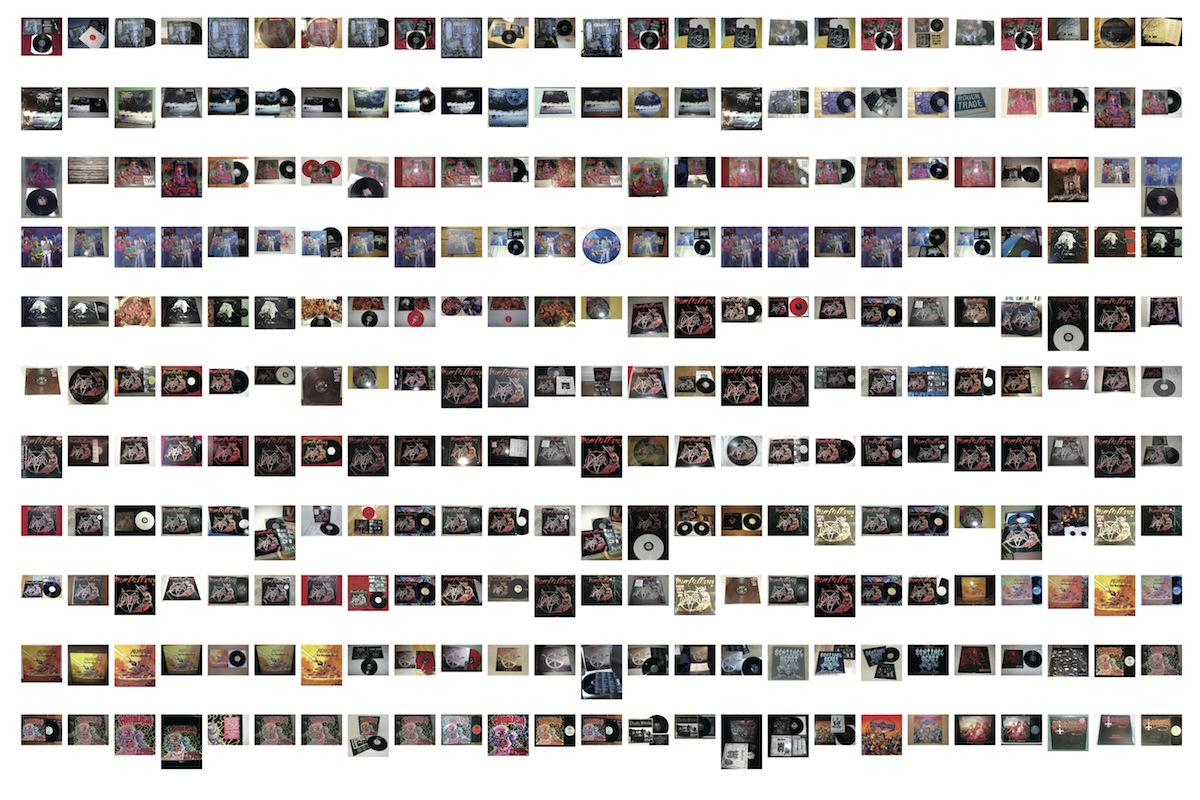

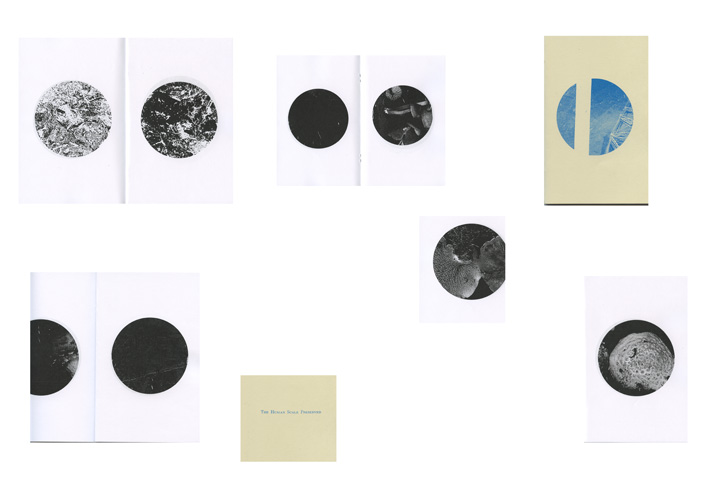
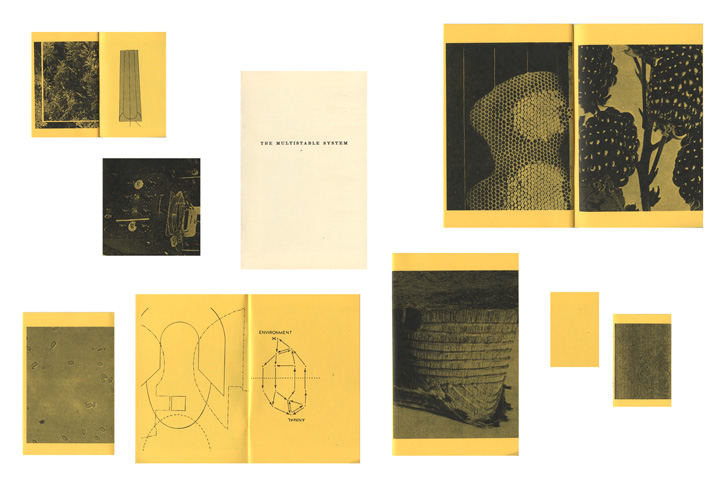
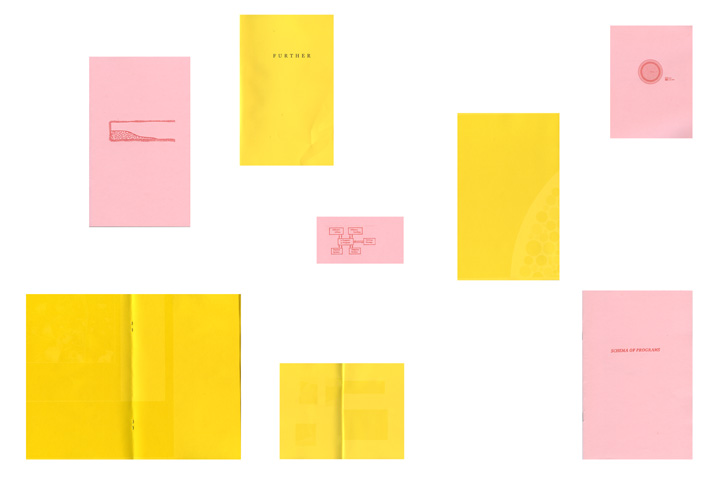

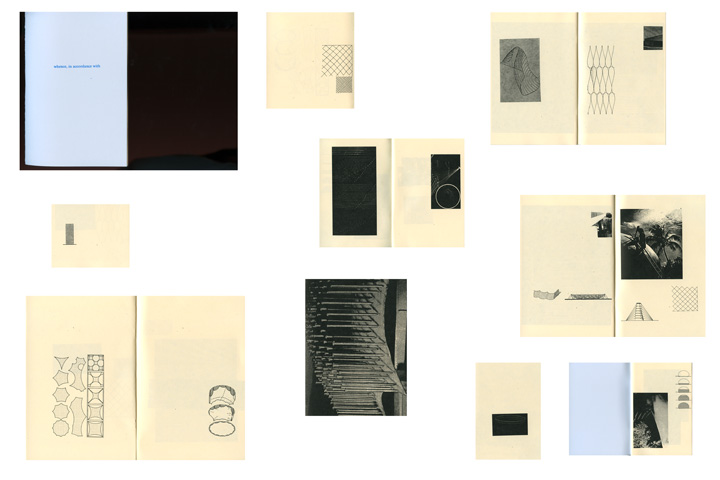
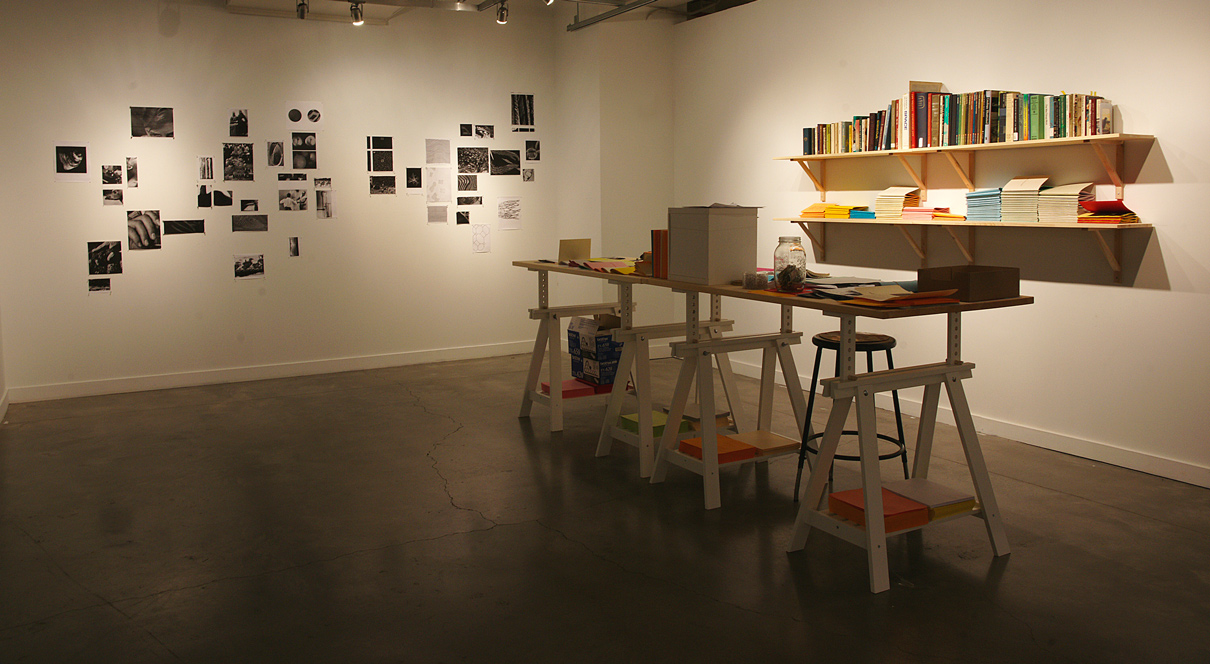


Installation and unnumbered edition of 5.5" x 8.5" photocopied books
Stewart Brand published the first issue of The Whole Earth Catalog in 1968. He aimed to create a volume that would give readers "access to tools" that would make self-sufficient individuals. The catalog pointed the reader toward the knowledge and references he would need to live his life "off the grid." The tools Brand listed were primarily books. They were both pragmatic and philosophical, covering topics such as solar energy, bookmaking, and organic gardening, in addition to the systems theory of Buckminster Fuller and lectures of John Cage. Brand sought to empower the "individual to conduct his own education" using these tools as a guide. With the sum knowledge contained in the books, one could escape the existing power structures.
Today, the catalog operates as an index to a frozen archive. The Whole Earth Catalog acts as a map to a complete sphere of knowledge circa 1968. Taking the premise of the catalog at its word, I propose using this fixed archive as the generative base for new, recombinant ideas. Perusing the archive in either a systematic or random way has the same outcome: new associations are made between existing texts. The context slips when flipping between books, and unintended links come to the fore. Navigating the information collected by the catalog is educational, but it also inspires new ideas. When reading, we are always making choices: we choose what to read and the order to read it in. We follow intuition, exploit chance associations, create logical processes for exploring archives. We process and filter words and images; we follow leads to new connections. We become active readers; we make our own stories and narratives from the data fragments we encounter. The archive is bounded, but the ideas that it seeds are endless.
My own investigation into this archive has yielded new texts from the contents of the books in the first edition of _The Whole Earth Catalog_. These books reproduce the original contents in new forms and arrangements, creating a new, derivative archive. My new texts are the records of navigating library: yanked from their original sources, bits recombine to create new narratives and interpretive experiences. The new books and images activate a subjective reader/viewer--one that must seek out connections, fill the gaps between images with his own history and context. Connections between images, pages, texts, and titles invite speculation. A viewer will want to know what these things mean, and how they are related. This is the power of the archive: it supplies the nodes in the graph, but not the connections.



Custom software application, dimensions variable
Rendering a cartographic artifact based on real-time media coverage of global events. Documentation of this piece appears in the Written Images book.